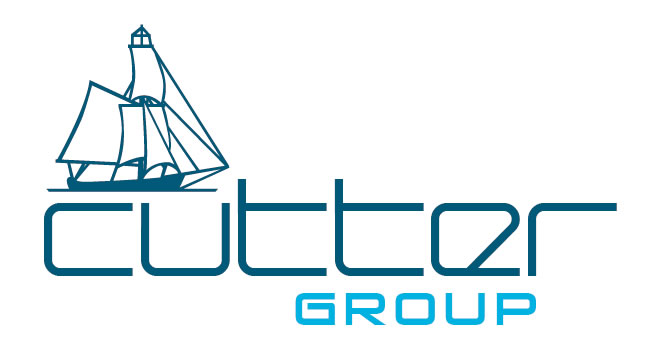Desktop Virtualization, or Virtual Desktop Infrastructure (VDI)

PC based desktop computing continues to prove unsustainable for a huge number of organisations across all sectors.
More and more technology suppliers are being asked by their customers to come up with a more viable alternative that can help them meet the changing needs of an ever changing working environment whilst ensuring that the solution is both manageable and cost effective.
Virtualization of the desktop (in all its forms) offers a compelling alternative to more traditional environments and is recognised as a rapidly accelerating trend worldwide. Flexibility, mobility, security and improved manageability are all mandatory requirements for desktop environments going forward and virtualization offers the opportunity for these to become a reality and revolutionize the way business and institutions operate.
Have a question? Talk to our experts.
With VDI, a virtual desktop is isolated from the client device and runs in a Virtual Machine (VM) maintained in a data center. A VDI user interacts with a virtual desktop using one or more end point devices – the device can be a thin client, tablet, phone or desktop. Similar to session-based remote desktops (formerly known as Terminal Services), VDI provides a session with a full-fidelity desktop environment that is virtualized within a server-based hypervisor.
In a VDI deployment, there are two models: (1) a persistent virtual desktop and (2) a dynamic or non-persistent one.
With a persistent desktop there is a one-to-one mapping of VMs to users. Each user is assigned with a designated VM. Since VMs are commonly stored on a Storage Area Network (SAN) a larger number of users will likely lead to significant SAN requirements, increasing the cost of a solution.
Non-persistent desktops use a golden image (or images) to provide disposable desktops for users. All user personalization, profile, applications, etc. are stored separately from the desktop. When a user requests a desktop, a VM is selected from the relevant desktop pool and is combined with the user’s personal data and applications for delivery to the user. It simplifies the overall management by reducing the number of desktop images maintained and reduces the storage hardware requirement.
Advantages offered by Desktop Virtualization
- Simplified desktop provisioning (template based virtual machine creation)
- Longer client hardware refresh periods (MTBF on Thin Clients far exceeds that of a PC)
- Increased reliability at each layer through redundant components / equipment
- Improved user experience / performance
- Data security and retention improved
- Hot-desk ability: move around your environment
